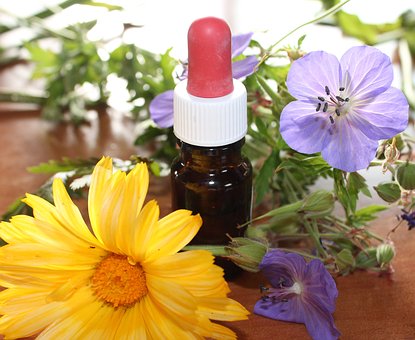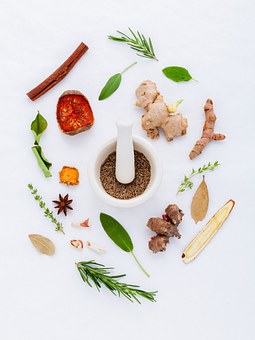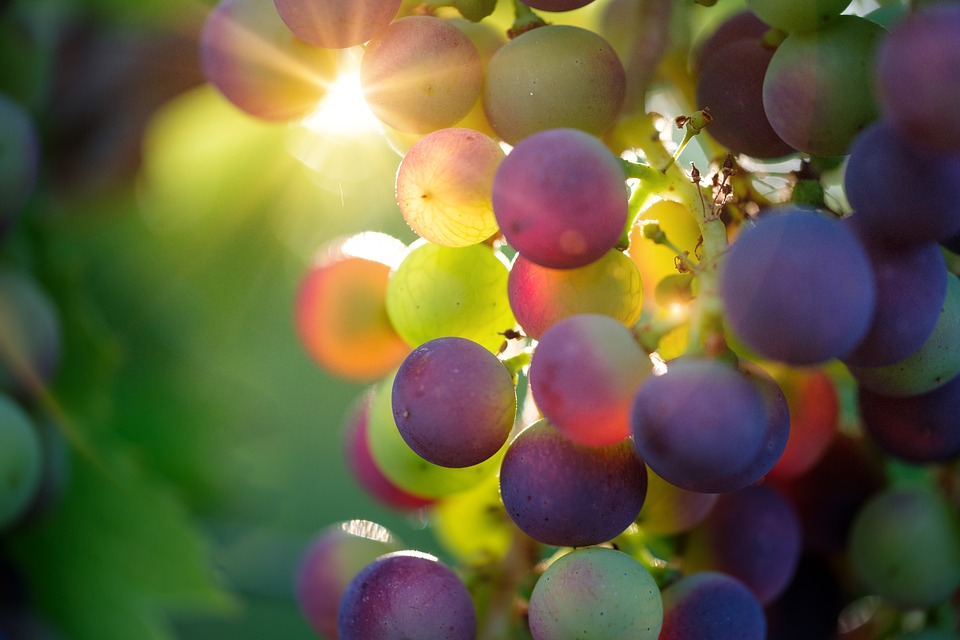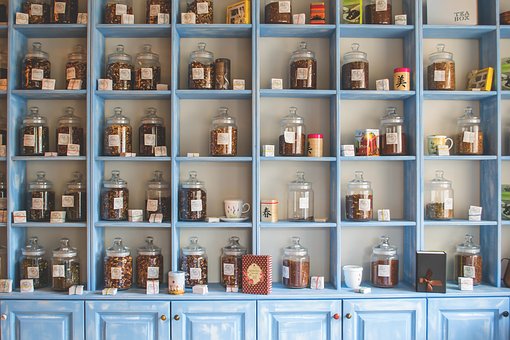Commiphora mukkul
The mukkul myrrh tree is a medium-sized, thorny tree found throughout India. Guggul and gum guggulu are the names of the yellowish resin exuding from its trunk. This resin is the source of the modern extracts of guggul.
Guggul has been used to lower serum cholesterol and triglyceride levels, and to treat arthritis and obesity. It is used in ayurvedic medicine to increase circulation, stimulating healthy circulation to the skin and through the veins.
Tag: therefore
Guarana
Paullinia cupana syn. P.sorbilis
The herbal plant known as the guarana is a native South American species of climbing shrub, growing wild in the expansive Amazon Basin. The guarana is cultivated for its seeds in this region of the world. The roasted and pulverized guarana seeds are made into a paste – also called gum – by mixing it with a little water. The paste is molded into bars and dried for consumption as an herbal treat. The guarana plant contains a fair amount of the alkaloid caffeine and traces of other related alkaloids including the compounds theophylline and theobromine similar to other plants used as stimulants.
Grape
Vitis vinifera
The vine or the grape is one of the most well known plants in the world. The grape grows as a shrub from one large vine, which is characterized by twisted stems that bear rather small, round and green branches with a lot of large and alternating placed palm shaped leaves. The vine also bears many tiny flowers that are grouped in a light green panicle on the stem. Grapes bear clusters of berries, which are the fruits; typically each berry is characterized by a variable color, which can go from being light green to deep blue, depending on the variety of grape. Each single berry in a grape berry cluster will contain about five and ten seeds, though seedless varieties have been bred and are much more common. The grape grows from a single vine, and original vines from very good stock can live for up to six hundred years at a time.
Goldenrod
Solidago virgaurea
or
Solidago canadensis
The famous herbal plant, the goldenrod is an attractive medicinal plant. Its name is a testament not only to its great medicinal powers but also to its beautiful physical structure. The Latin name of the goldenrod plant, “Solidago” – solido, which means to make whole – is an allusion to the employment of the herb as a wound healing remedy in the ancient world. The botanical Latinized name of the goldenrod is – Virga aurea – derived from the golden yellow colored flowers on the stem of the plant. Goldenrod is a hardy tenacious plant with cylindrical roots.
Ginkgo
Ginkgo biloba
The famous herbal plant the ginkgo biloba L. or the gingko tree is the only extant member of the Ginkgoaceae family of plants, which used to contain many other species – that are all extinct now. The gingko herb existed in the Chinese mainland for more than 200 million years; it has a long historical and traditional use as an herbal remedy in the Chinese system of medication. Europeans were first introduced to the ginkgo plant in the year 1730. In the west, the gingko attained its fame as a popular ornamental tree in parks and gardens, where it is still used in this role in cultivated gardens all around the world.
Fig
Fig – a small tree to 9m (30ft) with a short trunk, branching fairly close to the ground. The smooth bark of fig is pale grey and the dark green leaves have three to five oval lobes. The familiar pear-shaped fruits ripen from green to dark purple, bursting open to reveal the red inner flesh, later darkening to brown.
Fringe Tree
Chionanthus virginicus
The plant commonly called the fringe tree is a deciduous tree or large shrub that can reach forty feet in height when mature. The tree has characteristic reddish brown colored scales on the thin bark. The leaves of the fringe tree are thick and are borne in opposite venation; each leaf is four to eight inches in length. The leaves have an elliptical to oval shape and are dark green on the top surface of the lamina, with a pale green color underneath. The fringe tree bears fragrant smelling white colored flowers during the summer from May to June; each flower is about four to six inches in length. Each flower possesses long white fringelike petals from which the tree derives its name. The tree bears fleshy, round, and dark blue colored fruits following the floral bloom.
Chinese Angelica
Angelica sinensis syn. A. polymorpha
The herbal product made from the Chinese angelica, also commonly called the dong quai, the dang gui, or the tang kuei is derived from the root of the Chinese herb – the Angelica polymorpha Maxim – botanical name. The variety of the species is sinensis Oliv. The herb is also known as A. sinensis (Oliv.), and it is a member of the plant family Apiaceae common in and native to China. The herbal remedies and herbal medication prepared from this herb has a mildly laxative effect on people, while, it is used primarily as a uterine tonic in women, it is also used as an antispasmodic herbal agent, and it is also used for its alterative-or blood purifying-effects, which are said to be very beneficial to affected patients.
Brahmi
Bacopa monniera
The semi-aquatic plant called the brahmi is found growing in India, as well as in the tropical marshes and wetlands along Florida, brahmi is also found in parts of Central America and other tropical regions of the world. The plant is an aquatic creeping perennial herb, marked off by crinkled leaves and distinctive white flowers; it is related to the plant family containing plants like the spinach and the snapdragon. The herb is found floating in the waters of marshes and wetlands in tropical regions of the world. Herbalist make used of the tops of the plant to prepare herbal remedies of many kinds for the treatment of all types of problems and disorders.
What is Broom?
Scientific and medicinal info
Broom is a small shrubby plant, with small round leaves and aromatic yellow flowers. The bright flowers are great for attracting bees to your garden. It’s sometimes considered a weed plant in fields with sandy soil. When the plant is dried, the long and thin branches stay tough which is why it was used in broom-making (hence the name). Broom is toxic and should not be used in teas, or any other form that requires ingesting the plant.
Continue reading “What is Broom?”




